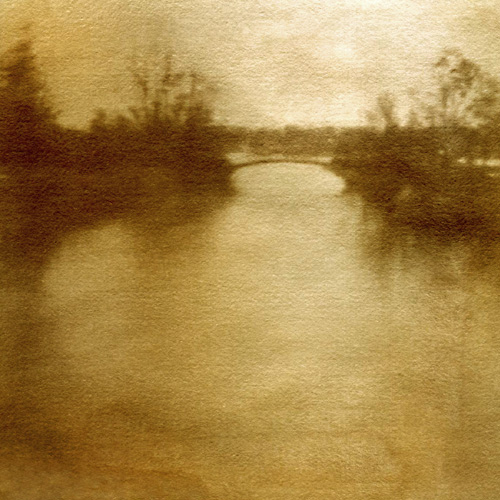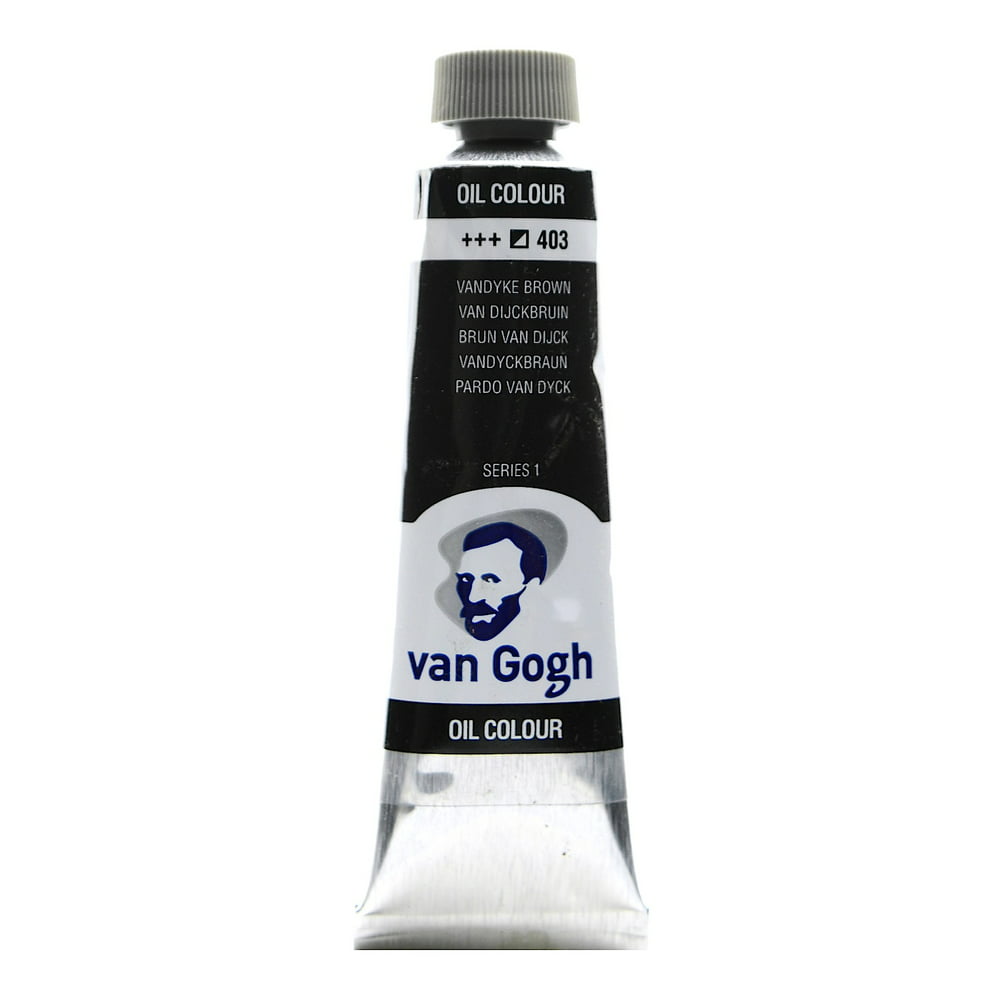
Pin on Painted Furniture with Dixie Belle Chalk Mineral Paint
This is an additive color model, meaning that it adds different amounts of red, green and blue to black, black being the absence of color. The van dyke brown color consists of 40% red, 26% green and 16% blue. In absolute RGB units (where the minimum is 0 and the maximum is 255) it is 102 red, 66 green and 40 blue.

Daisy with Van Dike Brown Glaze Mineral Paint, Painting Furniture, Dixie, Antique Dresser, Chalk
About the chemical structure: Chemical name: Iron (III)-oxide, partly hydrated + manganese oxide partly hydrated + humic acids. Formula: Fe 2 O 3 (· H 2 O) + MnO 2 · (n H 2 O) + humic acids. Humic acids are thought to be complex aromatic macromolecules with amino acids, amino sugars, peptides, aliphatic compounds involved in linkages between.

van dike, timberland femme montante
Origin: natural earth. The minerals composing Van Dyke brown, are pyrolusite and goethite, both considered to be among the most permanent pigments, and mainly lignite. Lignite, often referred to as brown coal, used as a fuel with characteristics that put it somewhere between coal and peat. Lignite is brownish-black in color and has a carbon.

van dike, new balance 31
Van Dyke Brown is a color that exudes timeless appeal and sophistication. Its historical significance, earthy symbolism, and versatile applications make it a popular choice in various creative disciplines. Whether used in fashion, graphic design, or artistic representations, Van Dyke Brown adds depth and character to any visual composition.

Pigments through the Ages Overview Van Dyke brown
Van Dyke brown is a printing process named after Anthony van Dyck. It involves coating a canvas with ferric ammonium citrate, tartaric acid, and silver nitrate, then exposing it to ultraviolet light. The canvas can be washed with water, and hypo to keep the solutions in place.

Dick Van Dyke People Pioneers of Television PBS
Vandyke brown is an organic natural pigment consisting of materials found in brown coal, peat or generally in soil. Considerable confusion can be found in the older mentions of this pigment. It had been considered an inorganic iron pigment mainly in France and its name had also been used for various earth pigments such as umber and ochres.

Dick Van Dyke opens up about alcoholism 'It took me a long time to get over it'
The Van Dyke brown print process was named for the resemblance of the print color to the brown oil paint named for the Flemish painter Van Dyck. This print method is based on the first iron-silver process, the argentotype, invented in 1842 by the English astronomer, Sir John Herschel. Both processes utilize the action of light on ferric salts.

Dick Van Dyke cancels event due to illness CBS News
Van Dyke Brown. HGSW7041 Previously: HGSW2481. Color Collections. Inspired Exteriors. Neutral Nuance. Color Information. FAMILY Brown. UNDERTONE Warm LRV Light Reflective Value . Light Reflective Value (LRV) measures the amount of visible and usable light that reflects from (or absorbs into) a painted surface. The scale is black/zero to white.

Oil Color van dyke brown, 40 ml (1.35 oz) (pack of 3)
Van Dyke Brown Printing, is nearly identical in simplicity, low cost technique but yields a rich brown color as opposed to the blue of cyanotypes. Many of the most popular alternative processes in use today are variants of the non-silver processes developed by Sir John Herschel in 1842 and they are among the oldest of all photographic processes.

Pin by anita on Chalk paint Blue painted furniture, Dixie belle paint, Painted furniture
Gloves. We first begin by mixing the sensitizer solution. Vandyke Brown Sensitizer is a three part solution, consisting of the following: (this will make enough sensitizer for 100, 8×10" prints) Part A Solution: 100mL distilled water (room temp) 27g ferric ammonium citrate. Part B Solution: 100mL distilled water (room temp) 4.5g tartaric acid.

Pin su Painted Furniture with Dixie Belle Chalk Mineral Paint
Van Dyke (Vandyke) brown, also known as Cassel earth or Cologne earth, is a deep, rich, and warm brown colour often used in painting and printmaking. Early publications on the pigment refer to it as Cassel (or Kassel) earth or Cologne earth in reference to its city of origin; however, today it is typically called Van Dyke brown after the painter Anthony van Dyck.

Adam C. Van Dike BrownWinick Law Firm
Winsor & Newton has tried to keep as close as possible to its colour charts dating from the 19th century to achieve a genuine Vandyke brown. It is a useful brown that is good for shading. Explore the science behind Vandyke brown, an earth pigment named after the Flemish painter Anthony van Dyck and often used for shading.

Dick Van Dyke, 95, is just loving life as usual as he steals show on red carpet LifeStyle
The official Van Dyke Brown YouTube channel

Acrylic Paint Rosa Gallery 60 ml 652 Van Dike Brown
The Van Dyke Brown printing process, named after the deep brown pigment that was often used by Flemmish painter Van Dyck, is an early photographic process that uses silver tartrate, creating a unique brown image. Developed in 1889, this solution involves mixing silver nitrate with tartaric acid and ammonium ferric citrate. Several washes of.

Van Dyke Brown Paint Sample by SherwinWilliams (7041) Peel & Stick Paint Sample
History of Van Dyke brown: Positively identified in paintings since 17th century. Originally obtained from the Cologne and Kassel regions of Germany, and later obtained elsewhere, the pigment from each locality can vary slightly in color and composition, leading to confusion in the precise qualities of this color. It is suggested that the brown.

Pin on Alternative Photography Information Center
Gail Erwin's exhibit at the Kingston Gallery in Boston, MA, features Van Dyke Brown prints, a 19th century photographic process. There were many question ab.